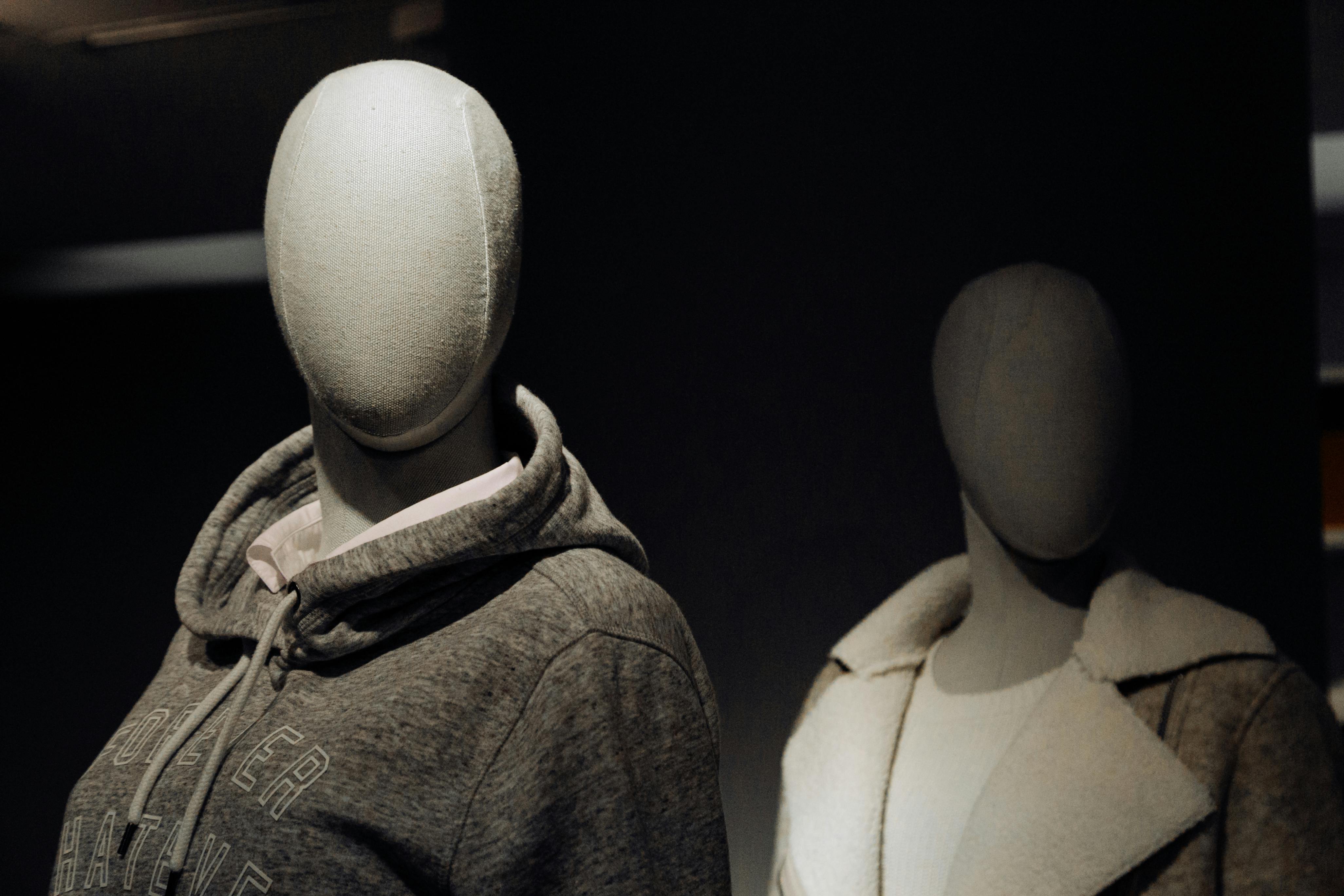
Why you can’t beat the human eye to correct
admin
- 0
All authors about to begin the self-publishing journey and researching how to do so will be encouraged to hire a professional proofreader and/or editor to proofread the manuscript before it goes to publication.
Despite this good advice, many authors are reluctant to spend money on these services, believing that they can look at their manuscript themselves and find all the spelling, typographical, and grammatical errors.
Errors are easy to spot, right?
The truth is that mistakes are easier to miss than to catch. This is because the brain automatically corrects itself as it reads. The brain knows what the word or sentence should mean, so it ignores how it is actually written. This is especially true when the brain belongs to the person who wrote the text. The author is often so familiar with his own work that his eyes literally miss the errors.
alternative options
For those authors who don’t have a huge budget available to them, or just prefer to go the solo route, there are some software resources available. Most PC users will use Microsoft Word to write their manuscript and this software has a built-in spelling and grammar checker. They’re actually pretty good, identifying misspelled words with a red underline and questionable grammar with a blue underline, though they can miss some of the more obvious typos, like misplacement of an apostrophe.
Other error checkers include Ginger Software, which checks for grammar and punctuation, paraphrasing and synonyms, and contextual definitions, and Grammarly, which calls itself The World’s Best Grammar Checker. Both offer trials so you can see how well they work, but after that the service starts to cost with various packages available.
the drawbacks
However, as accurate as they are, they can also miss things or make strange alterations, sometimes changing perfectly correct wording because the software hasn’t been able to understand the written context. In essence, we can say that computer software has not evolved to the point where it has built-in common sense.
The software will also not check for facts or inconsistencies in the text. For example, a character might be named David at the beginning of the text, but named Daniel later on. This may be because the author forgot the old name or decided to change it and did not update the manuscript. A reviewer will check this with the author, checking which name is correct. A proofreader will also verify that dates and facts are correct whenever possible.
Unlike software, the eyes of a proofreader will not only spot misspellings, bad grammar, inaccurate punctuation, inconsistencies, and confirm facts, but they will be able to put all the writing in context so that the meaning of a work is not lost or altered. It seems that there is still a very real need for human proofreaders.

